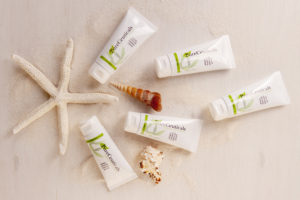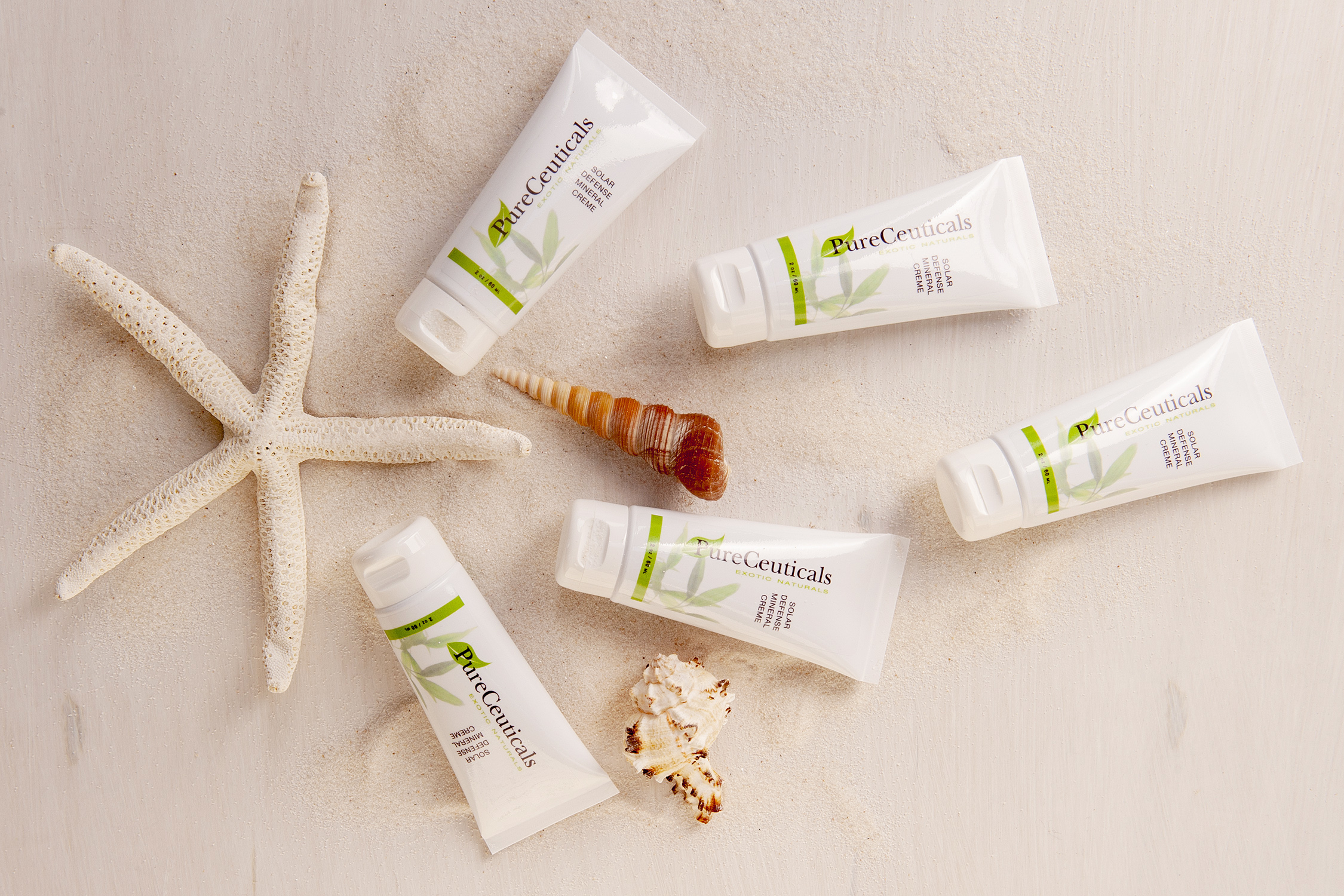 As the temperature heats up and the sun starts beating down, it’s important to defend yourself from the sun’s harmful rays. Sun damage can cause all types of issues over time—sun spots, uneven skin tone and texture, wrinkles, loss of firmness and other visible signs of aging. Since we’re all striving to maintain that youthful glow, it’s time to prioritize sun safety for your skin.
As the temperature heats up and the sun starts beating down, it’s important to defend yourself from the sun’s harmful rays. Sun damage can cause all types of issues over time—sun spots, uneven skin tone and texture, wrinkles, loss of firmness and other visible signs of aging. Since we’re all striving to maintain that youthful glow, it’s time to prioritize sun safety for your skin.
In recent years, the physical sunscreen vs. chemical sunscreen debate has been heating up, but whichever type of sun protection you choose, it’s important to educate yourself on the ingredients, benefits and drawbacks of both kinds.
CHEMICAL SUNSCREENS
More widely available, chemical sunscreens absorb into the skin and, as their name implies, contain chemicals. These chemicals work to turn UV rays into heat, then they release the heat through the skin. Some common chemicals found in sunscreen include oxybenzone, octylcrylen, avobenzone and octinoxate.
Chemical sunscreens are usually thinner than physical sunscreens, and are easily spreadable, but you must also allow at least 20 minutes for the product to fully absorb before it becomes effective.
Sensitive skin types and those struggling with pigment issues or rosacea may experience negative reactions when using chemical sunscreens, including redness for those with rosacea, an increase in dark spots for those with pigment concerns and stinging or irritation for those with sensitive skin.
PHYSICAL SUNSCREENS
Physical sunscreens, on the other hand, use natural ingredients like zinc and titanium oxide that don’t absorb into the skin. Instead, they sit on top of the skin and reflect harmful UVA and UVB rays.
Physical sunscreens are less likely to clog pores, since they don’t penetrate the skin. This makes them a great alternative for those with acne, rosacea or sensitive skin. These formulations protect against UVA and UVB rays, work immediately upon application and last longer under direct UV exposure.
Because physical sunscreens sit on the skin’s surface, they require regular reapplication, particularly if you are spending extended periods of time outdoors. Many physical sunscreens have also been known to leave a white cast on the skin, making them less appealing to people with darker skin tones.
Recently, there has been some controversy over the use of nano technology in physical sunscreens, mostly with regard to those found in loose powders or sprays. Some studies have shown that nanoparticles can harm cells when administered in large doses, but other studies have been unable to prove that zinc oxide nanoparticles are able to penetrate the skin in dangerous amounts.
Luckily, our PureCeuticals Solar Defense Mineral Creme combats some of the issues commonly encountered with physical sunscreens.
We use 14.5% Zinclear zinc oxide, which is a Coated ZnO nanoparticle that starts out as nano, but is then coated in silicon to only sit on the skin, as well as a 2.0% non-nano titanium dioxide. None of these ingredients absorb into the skin. This gives our SPF a broad spectrum with no white residue. In fact, we use a mineral mica to give the formula a little tint to even out skin tone.
Our Solar Defense Mineral Creme is 100% natural and organic, and the sun protection factor is equivalent to around a 25 SPF.



Leave a Comment
You must be logged in to post a comment.